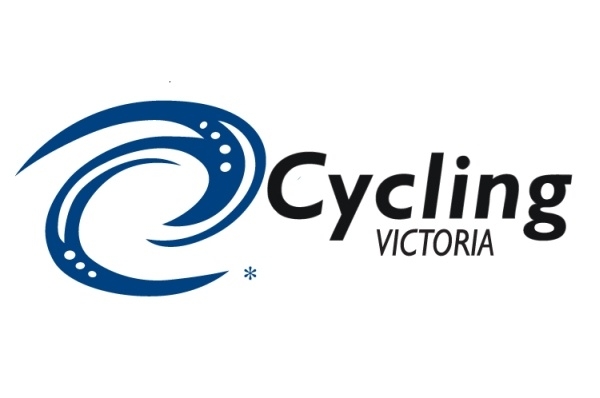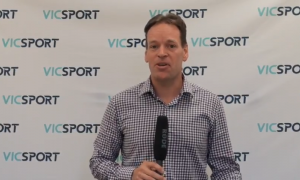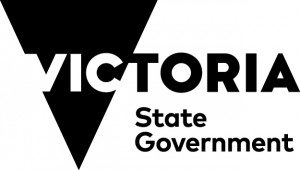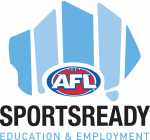 |  |
In response to the Victorian State Government recommendations after its report on the Inquiry into Women and Girls in Sport, A Five Year Game Plan for Victoria, Cycling Victoria (CV) decided to diversify their board. After completing a governance program with Vicsport in 2008, this diversification has been linked with an overall change in strategy for CV that has taken place over the past ten years and has been aimed at encouraging more female participation in cycling as a sport.
The CV board and member clubs have established that a key outcome of CV’s response to gender equality standards will mean there will always be 40% female and male board members at any given time.
Approach
The process taken to meet the quotas involved the election and appointment of directors, a skills audit to identify the skills required for board positions, and the aim of filling appointed roles with women who fitted the required skills.
In reference to electing women on the CV Board, Cycling Australia Board Director Glenn Pearsall said; “At election time, we actively sought female candidates to stand for the board. We also had a women’s commission which was very active. They developed a process to attract women at a club level, and it flowed on from there.”
Several changes were also made to the quota system, including a board composition change from 9 elected and 2 appointed directors, to 6 elected board members and up to 4 appointed directors. This change provided more focus on the appointed directors and allowed a more strategic focused skill set. CV recognised that a board with a cross section of skills beyond cycling expertise would be ideal for running the business. These skills included human resources, finance, and strategy. This change also reduced the number of elected directors from 9 to 6 over the course of 3 years, with only 2 of the 3 directors up for election each time able to return to the board.
When the State Government of Victoria announced the introduction of mandatory board quotas, CV was halfway through the reform process. This seemed like the ideal time to have a new requirement for 1 male and 1 female elected director at each AGM. This would mean the appointed directors could be more flexible and skills focused. There were some objections, with suggestions that CV could make the appointed directors female positions and leave the elected positions as they were. However, leaving gender diversity to chance did not seem a sustainable way forward, as previously there were only 3 elected women to the CV board.
The constitutional change was part of CV’s broader commitment to board diversity. It seemed fitting to implement the constitutional change, as it aligned well with CV’s level of commitment to detail. Additionally, there were no objections raised from the clubs when the idea was presented.
Outcomes
The key outcome of the implementation of a gender equality quota for CV, was the movement to a strategic, skills based board, and constitutional changes within the organisation. The constitutional changes included a gender equality statement, that was added to the board composition, as well as alterations to the stipulation on elected directors.
- The statement added to the board composition was, “At any given time a minimum of 40% of the board must be of each gender.”
- Changes to the stipulation on elected directors were that there must be each year:
- An election for 2 positions on the board; and
- One elected position for each gender.
These changes have already resulted in significant improvements in female representation on the CV board. CV appointed its first female president in 2017, Mr Lisa Byrne. Currently the CV has 9 board members, 4 of which are female. This change in board diversity has had a positive impact on the diversity of cycling, and hopefully sport as a whole. Starting the process, female participation in the organisation was around 12-14%. It is now up to 20%, with some clubs having 28% female participation. This is already a substantial achievement for the organisation, however CV and the clubs are aiming higher. CV will also appoint a gender equity officer in September 2018.
Working to this strategic plan will hopefully continue to build more robust and diverse policy and programs.
Challenges and Key Learning’s
The active recruitment of women with the right skillset took a while to complete.
Members of the organisation were very supportive of CV’s goal to meet the board quota once they were educated on the importance of board diversity. The overall process took a lot of planning.
Key Take Away Points
- It is important that the organisation fully embraces the changes, and the challenges of implementing them.
- It is necessary to do this with a multi-year plan, as it can take time to implement changes.
- Actively seek female board members.
- Look at the possibility of structural changes within the board.
- Leadership of the organisation needs to be representative of the membership base you have AND the membership base you want.
Jasmine Richwol
Communications and Marketing Manager, Vicsport
You may also be interested in...
LIVESTREAMING – REAL EXAMPLES OF HOW IT COULD WORK FOR YOU!

In the past three years, My Sport Live (MSL) has broadcast over 250 events across more than 40 different sports – and each related client has a story to share relating to the success of their streams
One Month at a Time - January

In this edition, new Vicsport CEO, Steven Potts introduces himself to the Sportsview readers in addition to encouraging everyone to nominate for the Victorian Sport Awards.
Welcome Leisure Networks - Vicsport's newest preferred supplier

We're excited to announce that Leisure Networks have become our Preferred Supplier to deliver high quality training and development for sporting clubs and community volunteers across metropolitan Melbourne


























